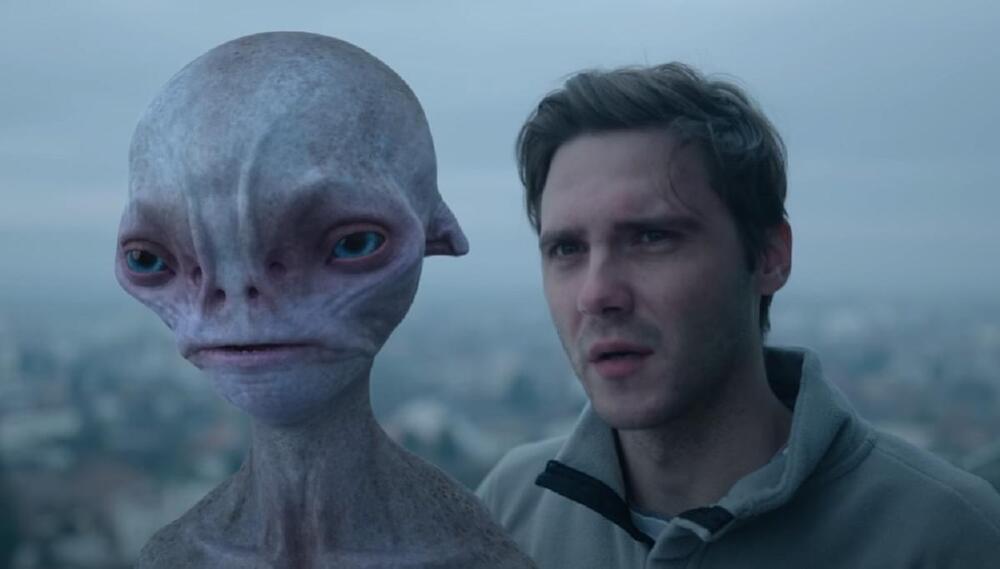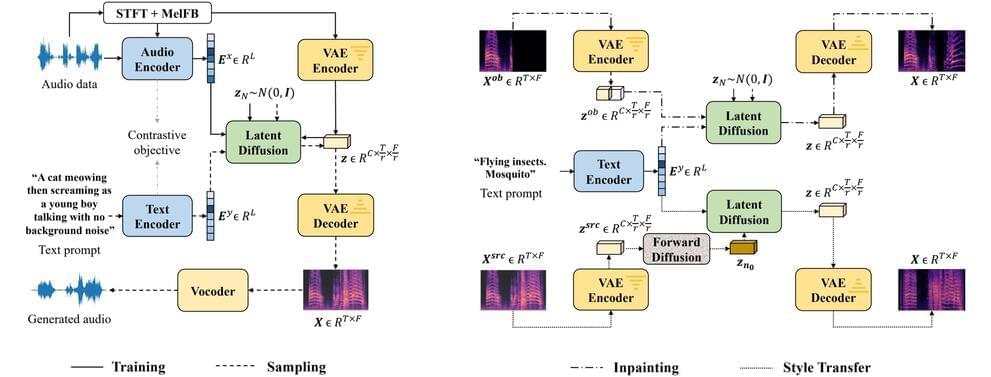Who would have thought that video games are good for TBI? I play them sometimes. Time for that, and not just music.
Video games may help TBI patients recover their physical and cognitive abilities faster than traditional therapy, according to recent research.
Although they might seem like just a pleasant distraction, video games engage several parts of the brain at once and can even promote neuroplasticity.
Today’s article will explain the many therapeutic uses video games offer. Then, we will show you some of the best types of video games for TBI.




